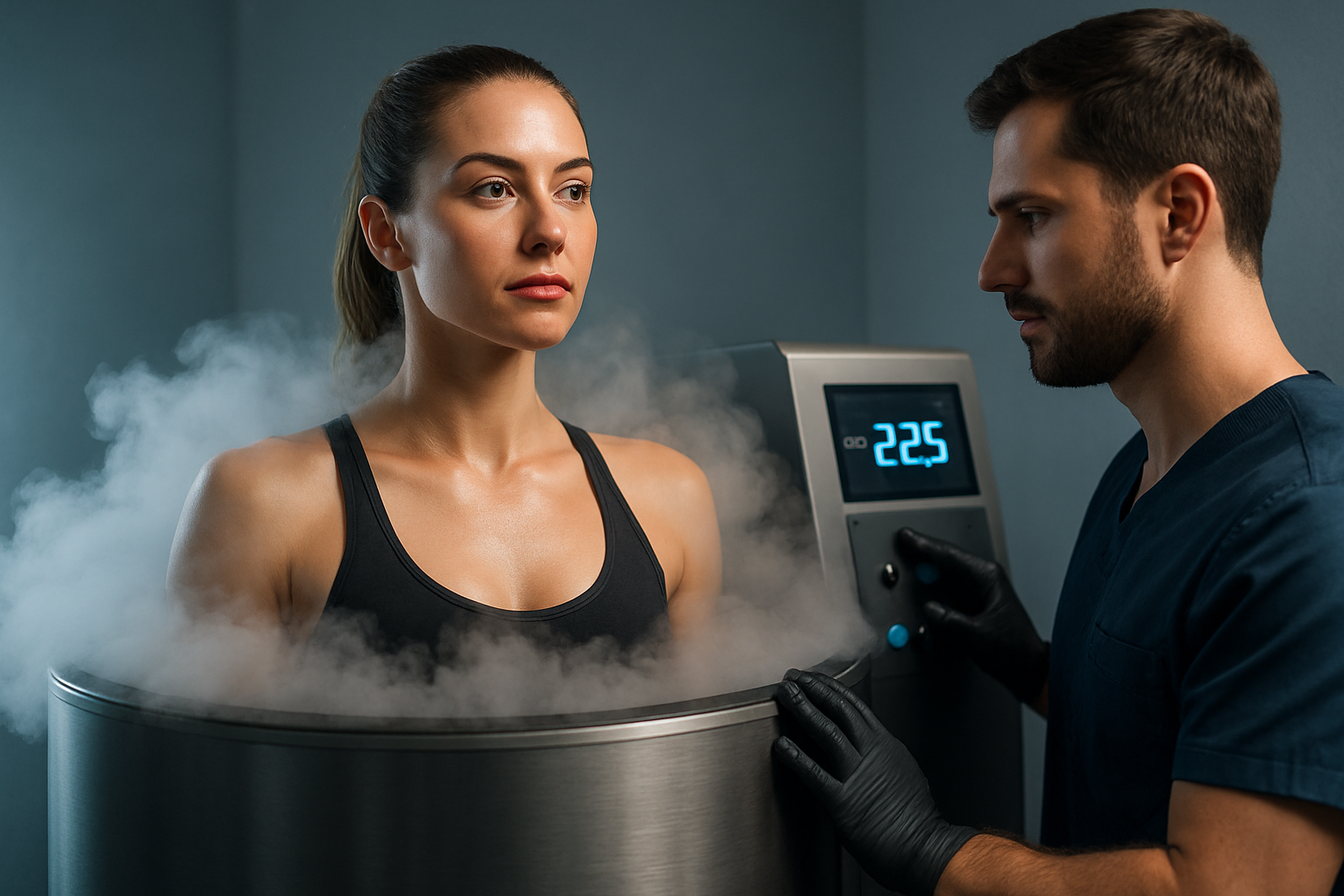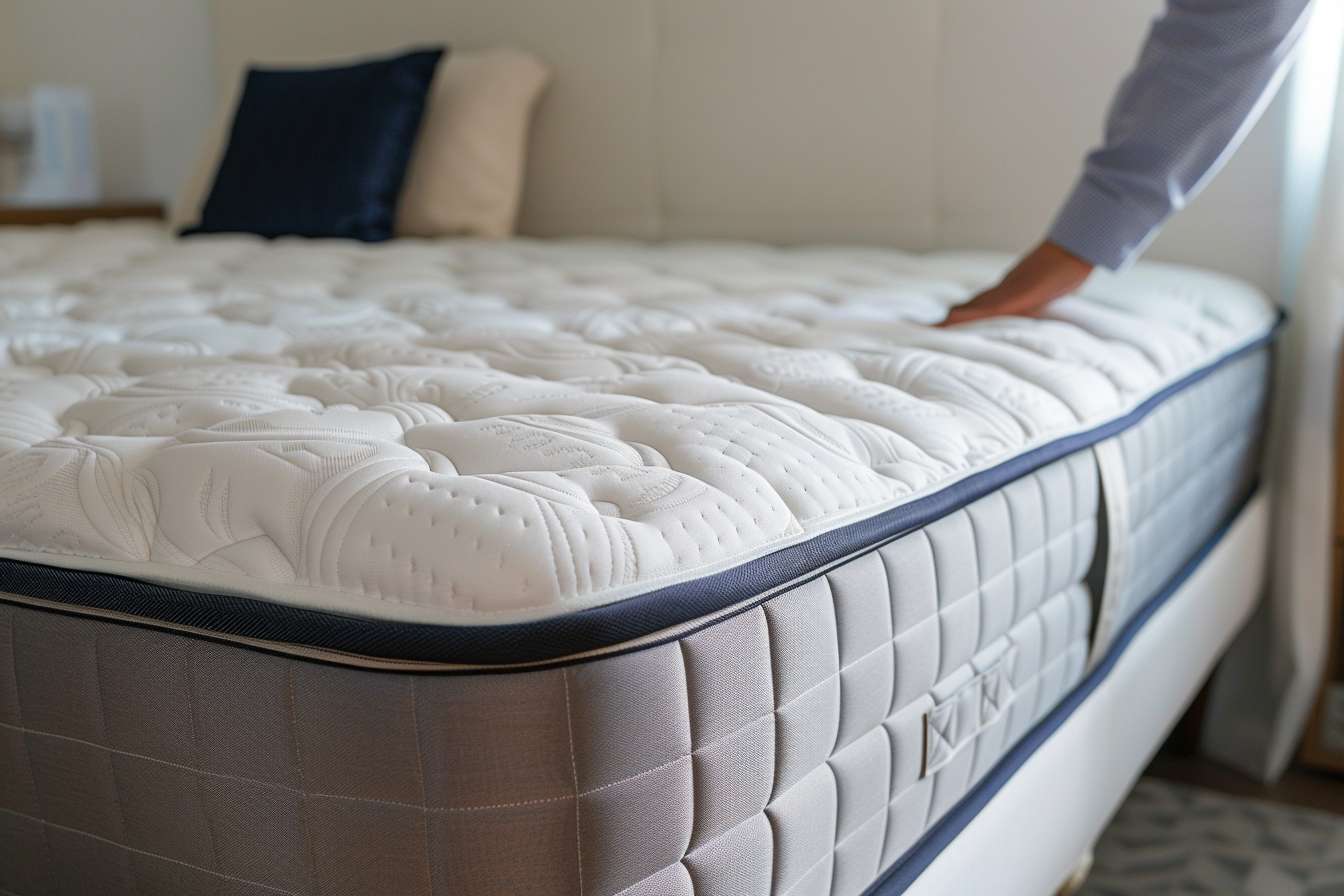Popular Non-Invasive Fat Removal Options to Consider
Non-invasive fat removal treatments offer an appealing option for those seeking to shed stubborn fat without surgery. With FDA-approved methods like fat freezing and laser lipolysis, these treatments promise effective results and swift recovery. Understanding the range of technologies, their benefits, and ideal candidacy is essential for aligning with personal aesthetic goals and achieving desired outcomes.

Non-invasive fat removal treatments have gained significant popularity as alternatives to surgical procedures like liposuction. These treatments offer the appeal of reduced fat without incisions, anesthesia, or lengthy recovery periods. For individuals struggling with stubborn fat deposits that resist diet and exercise, non-invasive options provide targeted solutions with minimal disruption to daily life. While results typically develop gradually and may be more subtle than surgical approaches, many patients appreciate the lower risk profile and convenience these treatments offer.
Exploring Different Non-Invasive Fat Reduction Technologies
Non-invasive fat reduction relies on various technologies to target and eliminate fat cells. Cryolipolysis, commonly known by the brand name CoolSculpting, uses controlled cooling to freeze and destroy fat cells. Ultrasound technology, featured in treatments like Ultherapy, delivers focused sound waves that disrupt fat cell membranes. Radiofrequency treatments like Vanquish and TruSculpt use thermal energy to heat and eliminate fat cells. Each technology targets fat differently—some freeze cells, others heat them, and some use mechanical action to break them down. The underlying principle remains consistent: damaged fat cells are naturally processed and eliminated by the body’s lymphatic system over the following weeks or months.
How Laser Lipolysis Benefits Patients
Laser lipolysis stands out among non-invasive fat removal options for its precision and additional skin-tightening benefits. This technology uses laser energy to penetrate the skin and selectively target fat cells while leaving surrounding tissues undamaged. The heat generated liquefies fat cells and stimulates collagen production, which can improve skin texture and elasticity. Treatments like SculpSure use this approach to address areas such as the abdomen, flanks, thighs, and under the chin. Patients typically experience minimal discomfort during the procedure, which usually lasts 25-30 minutes. The dual action of fat reduction and skin tightening makes laser lipolysis particularly appealing for those concerned about skin laxity after fat reduction.
Most Popular Non-Invasive Fat Removal Treatments
Several non-invasive treatments have emerged as front-runners in the fat reduction market. CoolSculpting remains one of the most recognized options, with over eight million treatments performed worldwide. This FDA-cleared procedure typically reduces treated fat by 20-25% in a single session. Emsculpt represents an innovative approach that not only reduces fat but also builds muscle through high-intensity focused electromagnetic technology. SculpSure has gained popularity for its shorter treatment times and ability to treat multiple areas simultaneously. Kybella, an injectable treatment containing deoxycholic acid, specifically targets submental fat under the chin. Each of these treatments has established a strong reputation based on clinical studies, patient satisfaction, and consistent results.
What to Consider Before Choosing a Treatment
Selecting the right non-invasive fat removal treatment requires careful consideration of several factors. First, identify your specific concerns and goals—whether targeting love handles, a double chin, or thigh fat. Consider your medical history, as certain conditions may contraindicate specific treatments. Realistic expectations are crucial; these treatments typically reduce fat by 20-25% in treated areas rather than producing dramatic weight loss results. Treatment areas vary by technology—some excel at larger areas like the abdomen, while others are designed for precision in smaller areas like under the chin. Recovery time, though minimal compared to surgery, differs between treatments. Finally, consider the number of sessions required, as most non-invasive treatments need multiple appointments for optimal results.
Understanding the Cost and Value of Non-Invasive Treatments
The investment in non-invasive fat removal varies significantly based on treatment type, provider location, treatment area size, and the number of sessions required. To provide perspective on current market rates, below is a comparison of popular treatment options.
| Treatment | Average Cost Per Session | Sessions Typically Needed | Total Average Investment |
|---|---|---|---|
| CoolSculpting | $600-$1,500 | 1-3 | $1,200-$4,500 |
| SculpSure | $400-$1,500 | 2-3 | $800-$4,500 |
| Emsculpt | $750-$1,000 | 4-6 | $3,000-$6,000 |
| Kybella | $600-$1,800 | 2-6 | $1,200-$10,800 |
| UltraShape | $1,000-$1,500 | 3 | $3,000-$4,500 |
Prices, rates, or cost estimates mentioned in this article are based on the latest available information but may change over time. Independent research is advised before making financial decisions.
When evaluating cost versus value, consider long-term results rather than just upfront pricing. While surgical options like liposuction may have higher initial costs (typically $3,000-$7,000), they often require only one procedure. Non-invasive treatments usually require multiple sessions but offer lower risk profiles and minimal downtime. Many providers offer package pricing and financing options to make these treatments more accessible. Consultation fees may be applied toward treatment costs if you proceed with the procedure.
Long-Term Results and Maintenance Requirements
Non-invasive fat removal treatments provide long-lasting results by permanently eliminating treated fat cells. Once destroyed, these cells cannot regenerate or store fat again. However, remaining fat cells can still enlarge if significant weight gain occurs. Most patients see final results within 2-3 months after completing their treatment series as the body processes and eliminates damaged fat cells. To maintain optimal results, patients should follow a healthy lifestyle including regular exercise and balanced nutrition. Some individuals choose maintenance treatments every 1-2 years, particularly if they experience weight fluctuations. Unlike weight loss through diet and exercise, which shrinks fat cells uniformly throughout the body, these targeted treatments permanently reduce fat cells in specific areas, creating more lasting contour changes.
This article is for informational purposes only and should not be considered medical advice. Please consult a qualified healthcare professional for personalized guidance and treatment.




